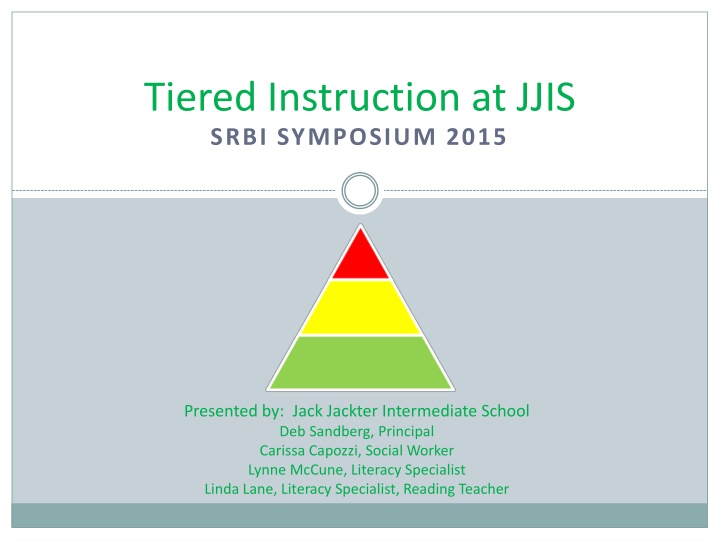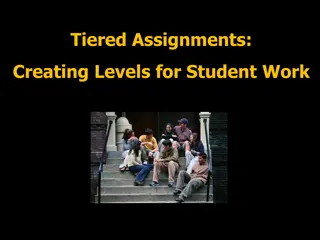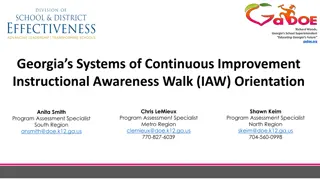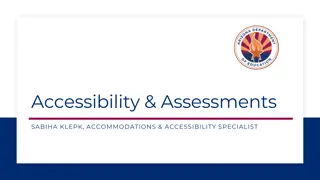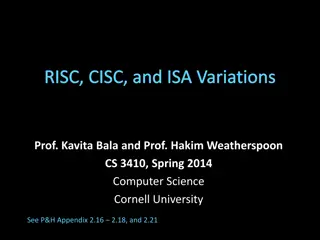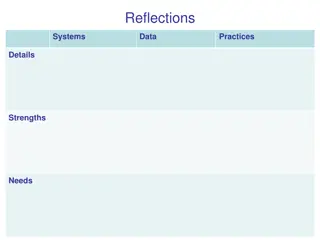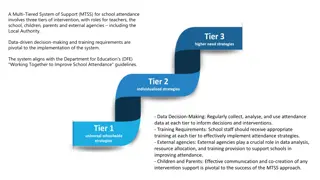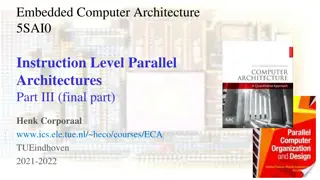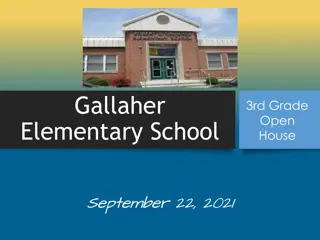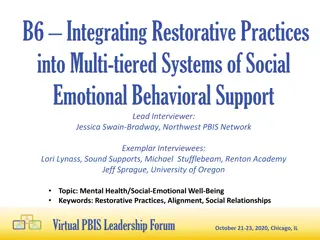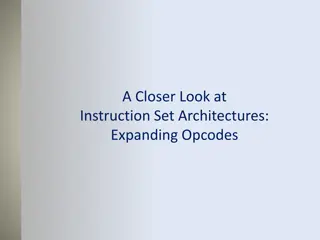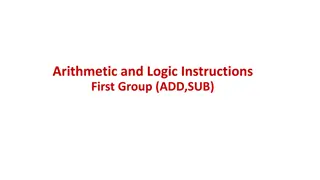Tiered Instruction at JJIS
Presented by Jack Jackter Intermediate School, this session at the SYMPOSIUM 2015 focused on tiered instruction. Deb Sandberg, Principal, along with Carissa Capozzi, Social Worker, and specialists Lynne McCune and Linda Lane discussed effective strategies for literacy enhancement and reading instruction.
Download Presentation

Please find below an Image/Link to download the presentation.
The content on the website is provided AS IS for your information and personal use only. It may not be sold, licensed, or shared on other websites without obtaining consent from the author.If you encounter any issues during the download, it is possible that the publisher has removed the file from their server.
You are allowed to download the files provided on this website for personal or commercial use, subject to the condition that they are used lawfully. All files are the property of their respective owners.
The content on the website is provided AS IS for your information and personal use only. It may not be sold, licensed, or shared on other websites without obtaining consent from the author.
E N D
Presentation Transcript
Tiered Instruction at JJIS SRBI SYMPOSIUM 2015 Presented by: Jack Jackter Intermediate School Deb Sandberg, Principal Carissa Capozzi, Social Worker Lynne McCune, Literacy Specialist Linda Lane, Literacy Specialist, Reading Teacher
Jack Jackter Intermediate School Jack Jackter Intermediate School Demographics in 2013-2014 608 Students 8 third grade classes, 9 fourth grade classes, 10 fifth grade classes Support Staff 3 Professional Development Days Additional 30 hours per year after the regular school day All teachers have 2 recess/lunch duties each week Classroom teachers have a common planning block
Working On the Work (WOW) Tier I instruction Weekly grade-level meetings lead by math and reading specialists Collaborative planning, calibrating, learning new programs Ensures consistent implementation of Tier I instruction
TURN AND TALK WHEN DO YOU HAVE TIME TO COLLABORATE AS A GRADE LEVEL OR CROSS GRADE LEVEL TEAM? HOW MIGHT YOUR SCHOOL OR TEAM FIND MORE TIME TO COLLABORATE?
STAR Process Team Members-Different disciplines Each grade-level is divided into two teams A and B Teams A and B each meet once weekly Classroom teachers rotate and attend meetings every six weeks
STAR Process Students referred who are having difficulty with Tier 1 instruction Variety of data used for referring students for supplemental intervention
Development of Student Intervention Plan Using data team either plans to dig deeper or plans a SMART goal Student Plan Developed Program, Strategy or intervention Progress Monitoring tool (see handout)
Digging Deeper STAR below 40th percentile Struggling with Tier 1 Instruction DIBELS Missing all Multisyllabic words Quick Reads Read Naturally Decoding Issues Accurate but slow rate Fine Multisyllabic Word screen Missing many varied words Comprehension REWARDS Core Phonics Screener The Comprehension Toolkit LLI Grade 3 Just Words Corrective Reading
Intervention Planning Analyze multiple sources of data Determine level intervention needed Involve parents in decision-making
Reading Interventions Tier III Tier II Lab support, small group targeted instruction Screens used to determine exact area of focus Focused instruction occurs based on area of need Progress Monitoring done twice a week Changes in time, program, frequency, layer of support as needed In-class, small group targeted support Monthly STAR assessment Fluency or comprehension scores used for progress monitoring At least 4 progress monitoring scores brought to next meeting in 4-6 weeks
Math Interventions Tier III Tier II In-class, small group support Lab support, small group instruction Push-in support from math lab Individualized programs using same strategies and techniques that are taught in Tier 1 instruction Monthly STAR assessment Exit tickets, fact fluency scores used for progress monitoring
Behavioral Interventions Tier III Tier II CI/CO Individual or small group counseling Individual behavior plan, behavior chart FBA/BIP (informal, formal) In-class support Classroom lessons
STARS Process After approximately six weeks, the team reconvenes AT LEAST FOUR data points are needed to determine if need to change intervention plan Data is derived from progress monitoring tool chosen at initial meeting
Big Question Is the intervention working? Increase time, frequency, or intensity Change program/add another layer Refer to PPT to determine if special education evaluation is warranted
Case Study Student A-see handout Receives Tier III support No fluency issues Comprehension concerns-little progress made through November Changed program to Comprehension Toolkit in January Student B-see handout Receives Tier II support with classroom teacher Accuracy issue Intervention-REWARDS Accuracy increased as did STAR score March-return to Tier I instruction only Student C-see handout Receives Tier III support Core Phonics Screen PAST-Syllable segmentation activities Corrective Reading Placement B1-excellent progress April- Corrective Reading Placement B2-qualified for change to B2
